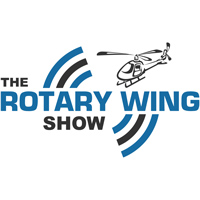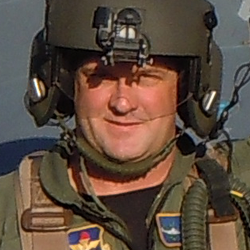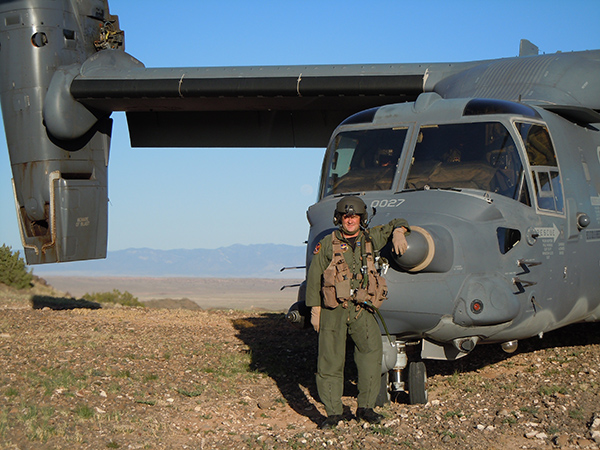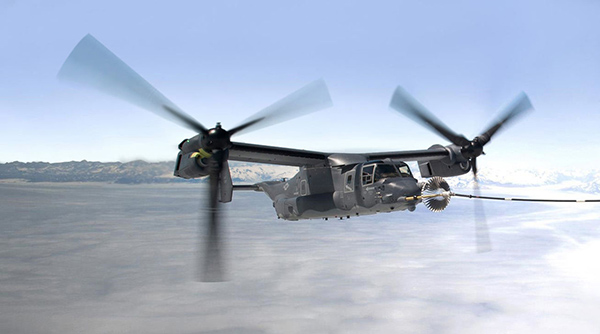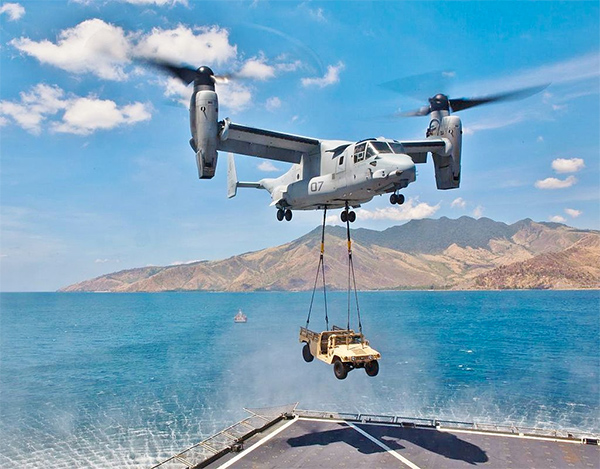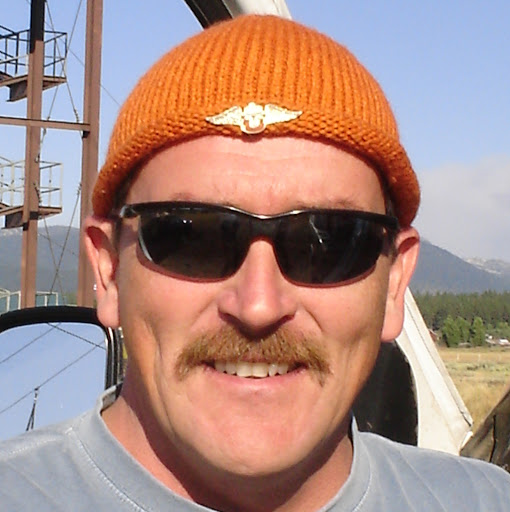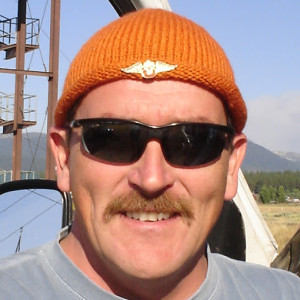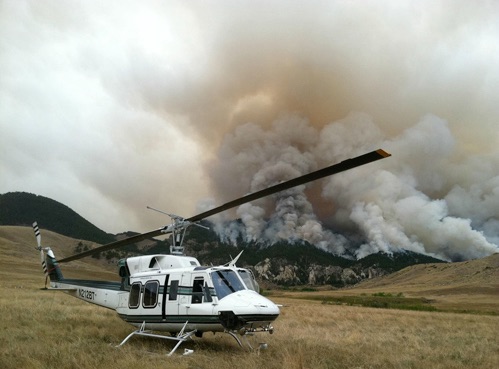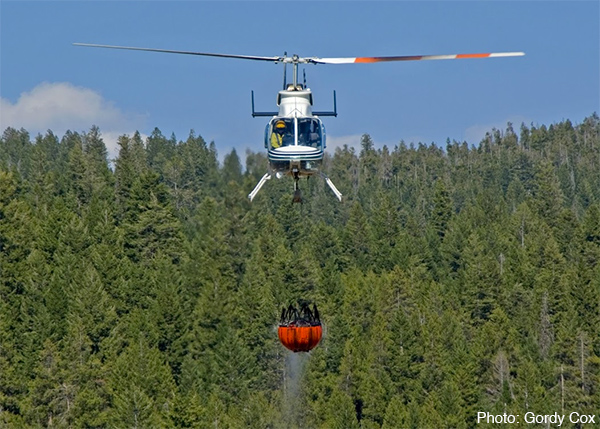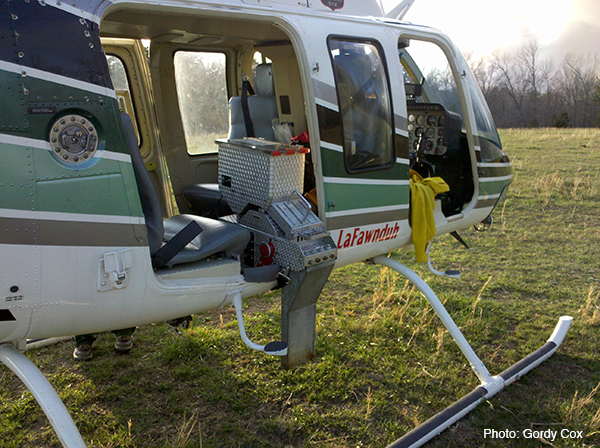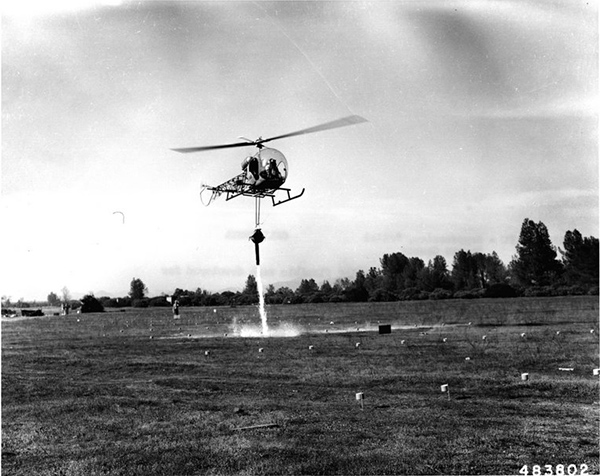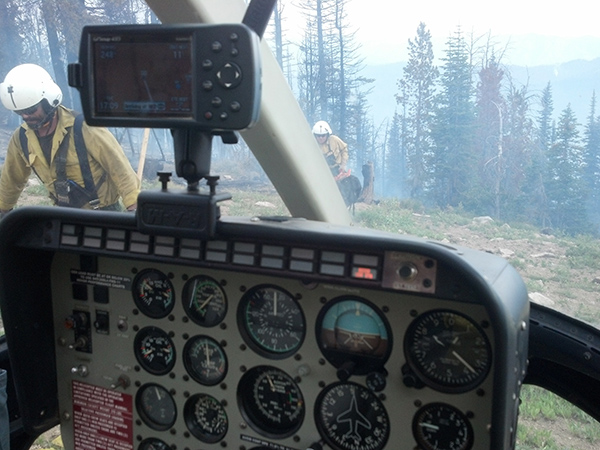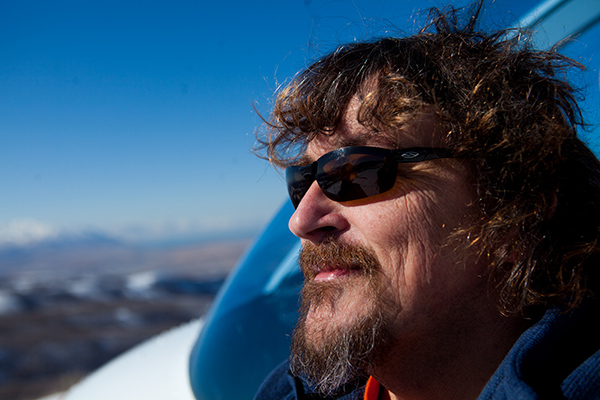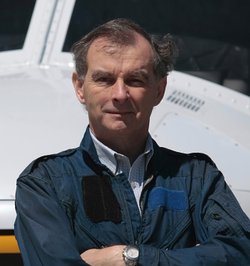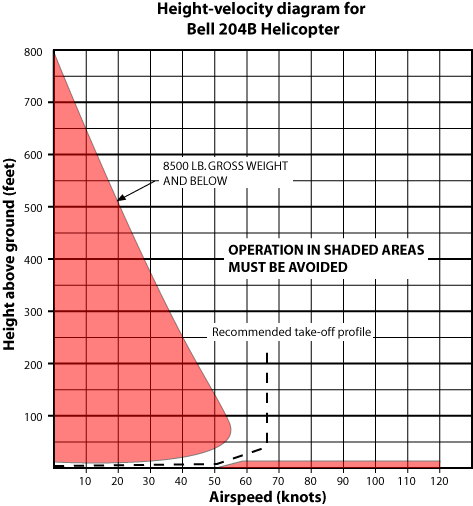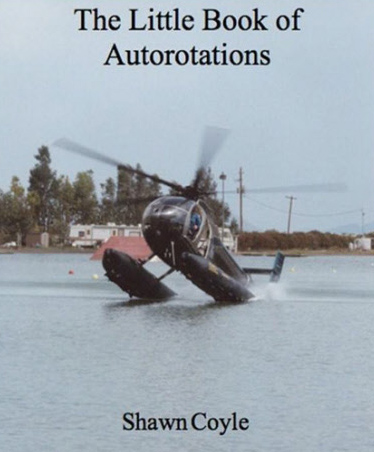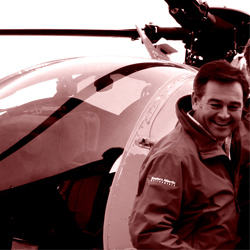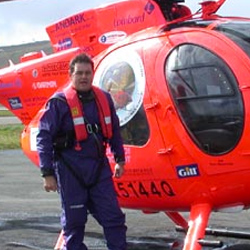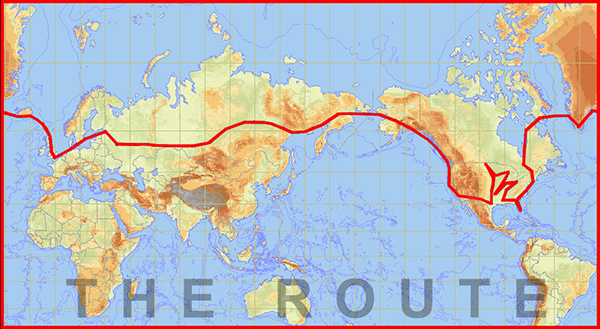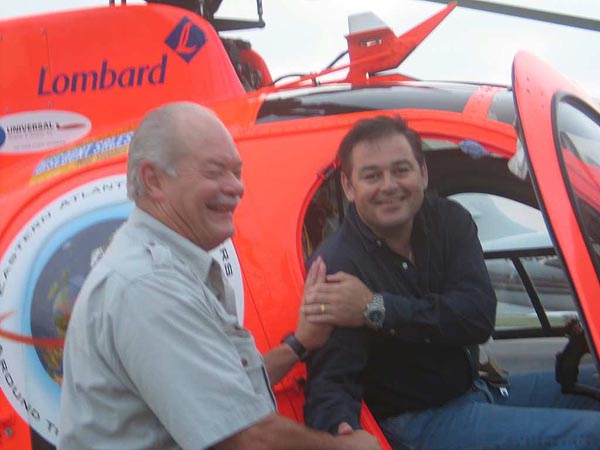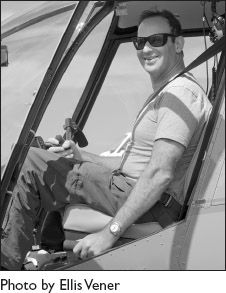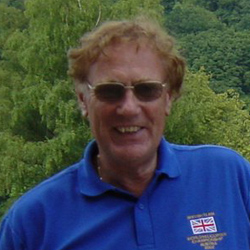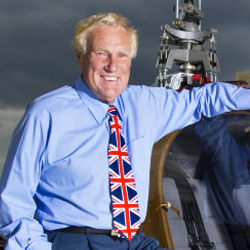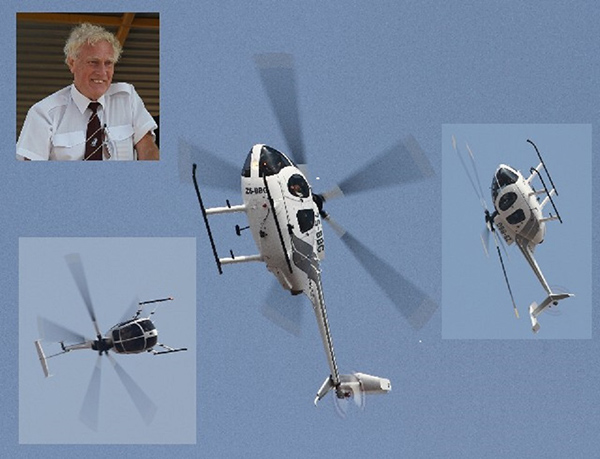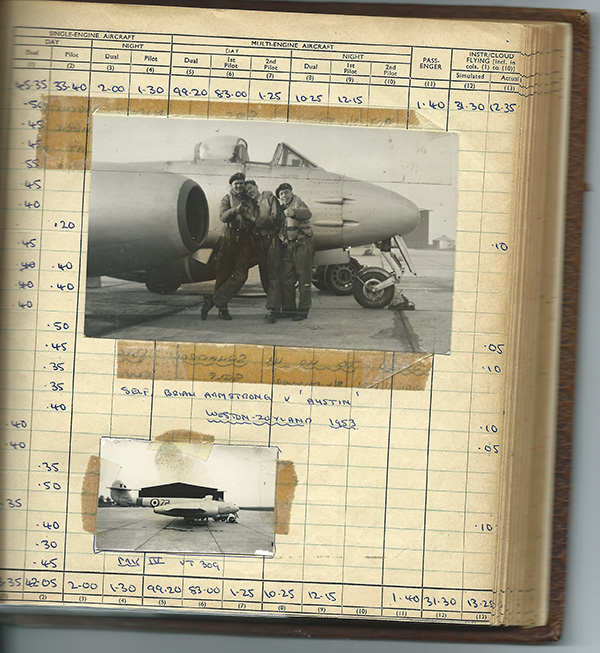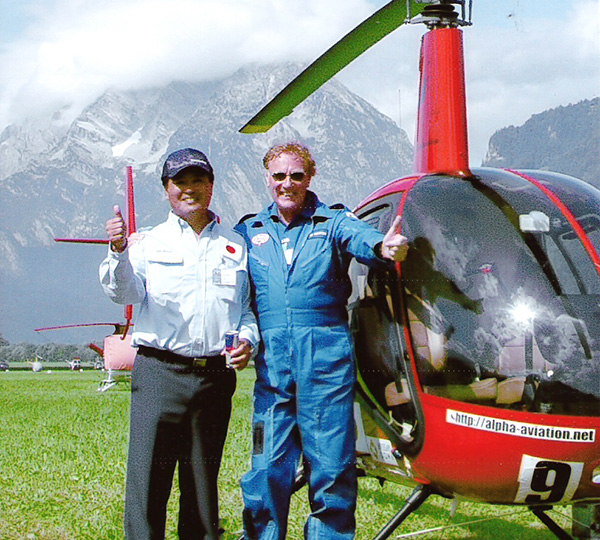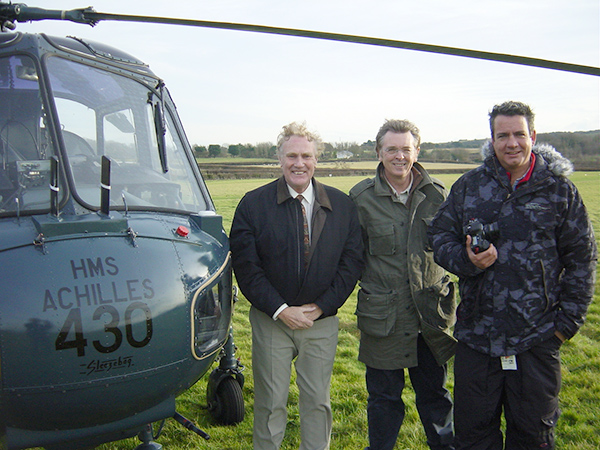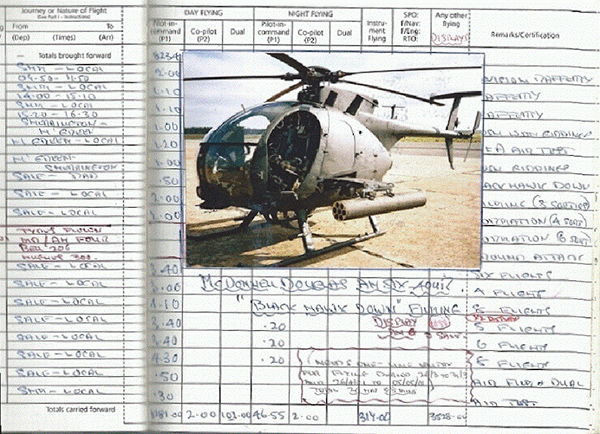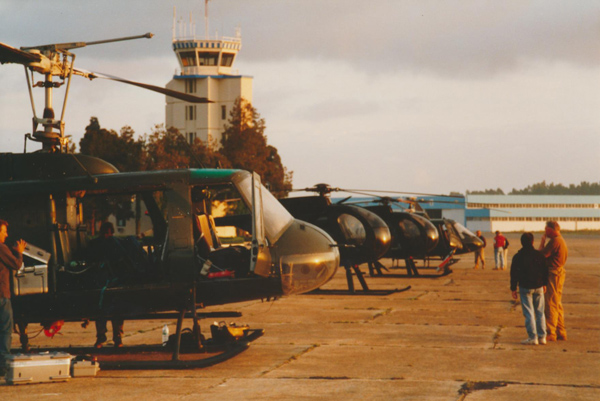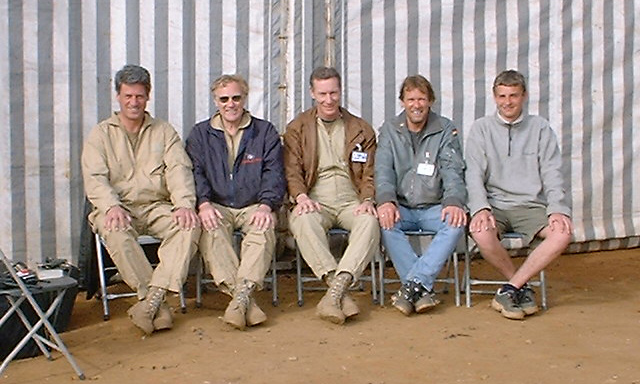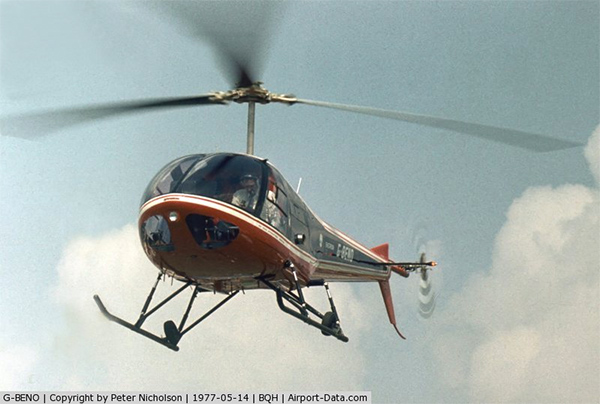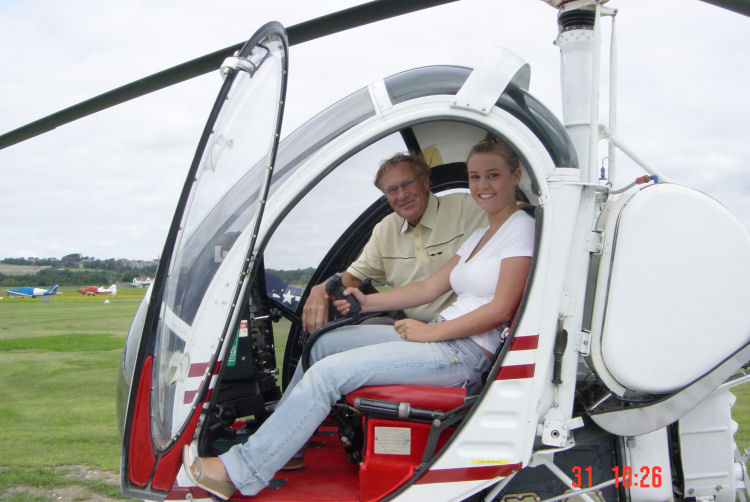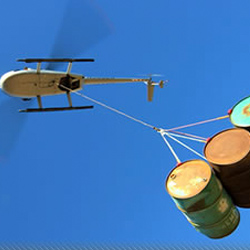Podcast: Play in new window | Download
Subscribe: Apple Podcasts | RSS
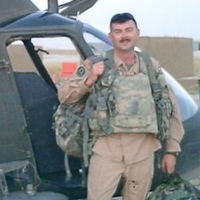
Blackdeath 23 was Robert Mill’s callsign in an Air Cavalry Unit operating the Kiowa Warrior in Iraq. Robert has published his journal as a book of the same name covering his two tours in Iraq and the daily challenges of operating a scout helicopter in that environment.
The Bell OH-58D Kiowa Warrior is a light scout helicopter operated by the US Army and based on the Bell 407 Jetranger – but with a heap of extras bolted on.
- 2 seats, 2 crew
- 4 bladed main rotor
- rear cabin occupied by electronics and power boxes
- rockets, hellfire missile, stinger air-to-air missile, 50Cal gun external load points
- mast mounted sight
Robert deployed to Iraq the first time fresh out of flight school and learnt on-the-job. In the book you get an immersion into the routine of combat flying ops and what it was like for aircrew in this particular theatre.
In this episode we cover some of the background to the stories and incidents in the book from an aviation viewpoint. The interview also acts as introduction to the flying conditions you might encounter should you find yourself in Iraq one day.
[Tweet “Want a power management pilot? Get an OH58 guy. When you pick it up, you are in the yellow all the time.”]
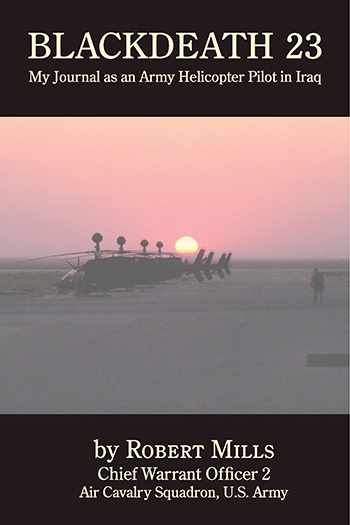
At the time of recording the Kiowa is being retired from US service with the possibility of airframes being sold overseas. That will leave the US Army fleets as an all multi-engine fleet. The Kiowa’s role will be picked up by a mix of Apache and UAVs amid considerable commentary whether this is a good idea or not.
Podcast: Subscribe in iTunes | Play in new window | Download
In this week’s episode:
01:25 Professionalism quote
01:50 New CASA licence
02:30 World Helicopter Day – get involved
03:30 Flying Kiowa in Iraq with Robert Mills author of Blackdeath23
04:50 Joining up as a military pilot
06:40 Why choose Kiowa
08:20 Kiowa aircraft intro and walkaround
11:15 What’s in the rear cabin area?
12:25 Officers vs Warrant Officer pilot streams
14:10 85 flight hours on arrival into Iraq
17:30 Country brief for flying conditions – its hot… its cold
20:20 Best solution for drinking water in the cockpit – the sock method
22:40 Terrain and elevations
24:05 Retrans station resupply
25:31 Flying low over the built up areas
27:06 Kite hazard
28:10 Dust storms
29:48 Impact on the machines
31:30 Preparing aircraft for quarantine exit clearance
33:40 A typical daily routine in theatre
37:30 Equipment that would take in aircraft
39:40 M4 rifle on the glareshield and armour
44:35 Escalation of force and range training
46:42 Soccer balls and crayons
48:45 Night flying on the Syrian border
50:30 Dust landings in Kuwait
52:25 American Sniper movie/book
53:15 Returning after doing the ultimate mission – challenges
56:06 EMS flying – from taking lives to saving lives
57:20 Get the book
58:36 Sponsors trainmorepilots.com
Links from this week’s episode:
Blackdeath23 Book Website – see more about the book
World Helicopter Day
A compilation of Kiowa Warrior videos
[leadplayer_vid id=”54E434970D610″]
[Tweet “Physical conditioning is important. 135deg, its hot. You go through a lot of water!”]
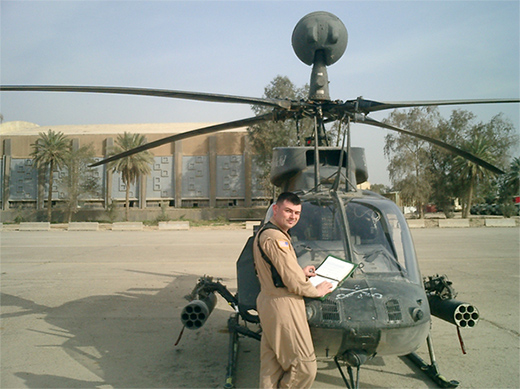

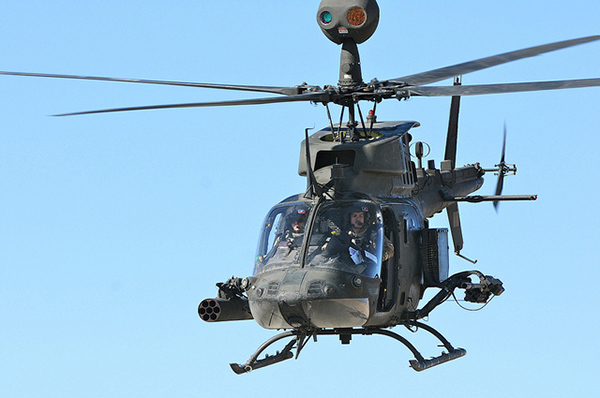
[Tweet “Might find the kite string wrapped around your PCLs or swashplate”]
[Tweet “Completely dusted out. It’s in your cockpit, it’s in your nose, it’s everywhere. Like sandpaper in your eyes while keeping a/c stable.”]
Questions / comments? Be part of the conversation in the comments section below.
